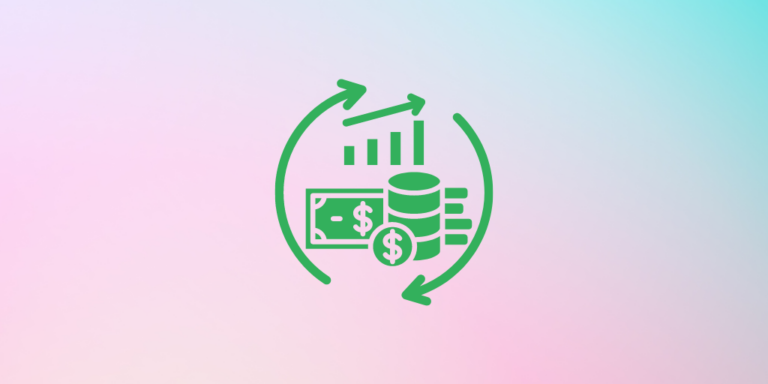Having steady cash flow for Amazon sellers is critical to the success and growth of your business — without it, you can’t buy inventory, invest in marketing, or seize that last-minute deal on a new product.
But as an Amazon seller, you know that cashflow management can have its ups and downs. It can be difficult to ensure you’re not spending more than you are making, especially when you don’t see your income until several days or weeks after making a sale.
Did you know that when you use Payability, you get paid out for Amazon sales every day rather than every two weeks? Learn more.
To help you stay ahead and ensure your business is in the best possible financial position, here are five ways to improve your cash flow as an Amazon seller now, so you can take advantage of those business opportunities as they happen.
1: Budget, budget, budget.
It goes without saying that, first and foremost, you need to set and maintain a proper budget. Look at your balance sheet and make sure you’ve included every single expense (including inventory, seller fees, advertising, payroll, office supplies, etc.). Make sure all of your numbers are up-to-date. Determine what is a necessary, fixed cost and what you might be able to spend less on. Then set limits to make sure you’re spending in the most efficient and frugal way.
If you’re not already doing this, now is the perfect time to start — with tax season in full swing, you can evaluate your numbers with your accountant and make necessary adjustments.
2: Be smart about your inventory.
While there are several inventory strategies to consider as an Amazon seller, there is one in particular that will help with your cash flow management – especially if you are just starting out.
First, stick to that “quality over quantity” adage. As Rae Arora, Payability customer and owner of Market Brands on Amazon, points out, “If I had a storefront, I would need to stock the shelves with a lot of product to effectively prove my business’ legitimacy to our customers, but the beauty of Amazon is that you could have only one or two products in your online store. If you’re killing it with one or two, keep at it and then reinvest your profits in buying more inventory.”
And while there might be some trial and error involved in finding the “quality” products that sell well, you should be able to identify trends. According to Arora, “If things are popular outside of Amazon, they’ll likely be popular on Amazon.”
3: Negotiate with your suppliers.
Do you have a longstanding relationship with any of your suppliers? If so, you may be able to leverage it for better deals and payment terms. Think about how long you’ve been working with them, and if you’ve consistently made all of your payments on time (or better yet, early). Depending on your track record, your suppliers may be willing to provide inventory discounts or other perks like free shipping or delayed payments.
If you’re just starting out or are using a new supplier, talk to them about what deals might be available to you now, such as bulk, early payment or cash discounts.
4: Take advantage of FBA.
Fulfillment By Amazon can be a great option for your small business cash flow if you aren’t already using it. While there are fees, there are also big perks when it comes to helping you increase sales.
For one thing, your products become eligible for free shipping, which most Amazon customers have come to expect from online shopping. So having that “Free Shipping” badge could be all you need to win a customer. And, as your competitive edge increases, your products are more likely to appear in the Buy Box — which will increase your competitive edge even more. Win win.
Additionally, with FBA, Amazon handles all product storage, order fulfillment and customer service — saving you time and thus allowing you to focus on scaling your business and fine-tuning your cash flow management.
5: Speed up your cash cycle.
Now this one is only available with a service like Payability, but if you use it, you’re basically guaranteed to have cash-on-hand everyday via daily payouts for Amazon sales. That means you can be constantly reinvesting in your business and taking advantage of growth opportunities that arise in real-time. Your cash cycle would be one day rather than two weeks (or even sometimes 28 days on Amazon).
“Daily payments give us flexibility, and allow us to broaden our categories and consider product lines we never would have considered. We’re talking to 2-3 different suppliers daily now, when before it was probably 2-3 a week, and we’re getting the best terms by being able to either pre-pay or pay at time of delivery,” Arora says.
All in all, maintaining steady cash flow is vital to your business’ health and long-term growth. Whether you are a new Amazon seller or a more established enterprise seller, make sure you’re spending wisely — and don’t forget to consult your accountant if you have questions specific to your business.


